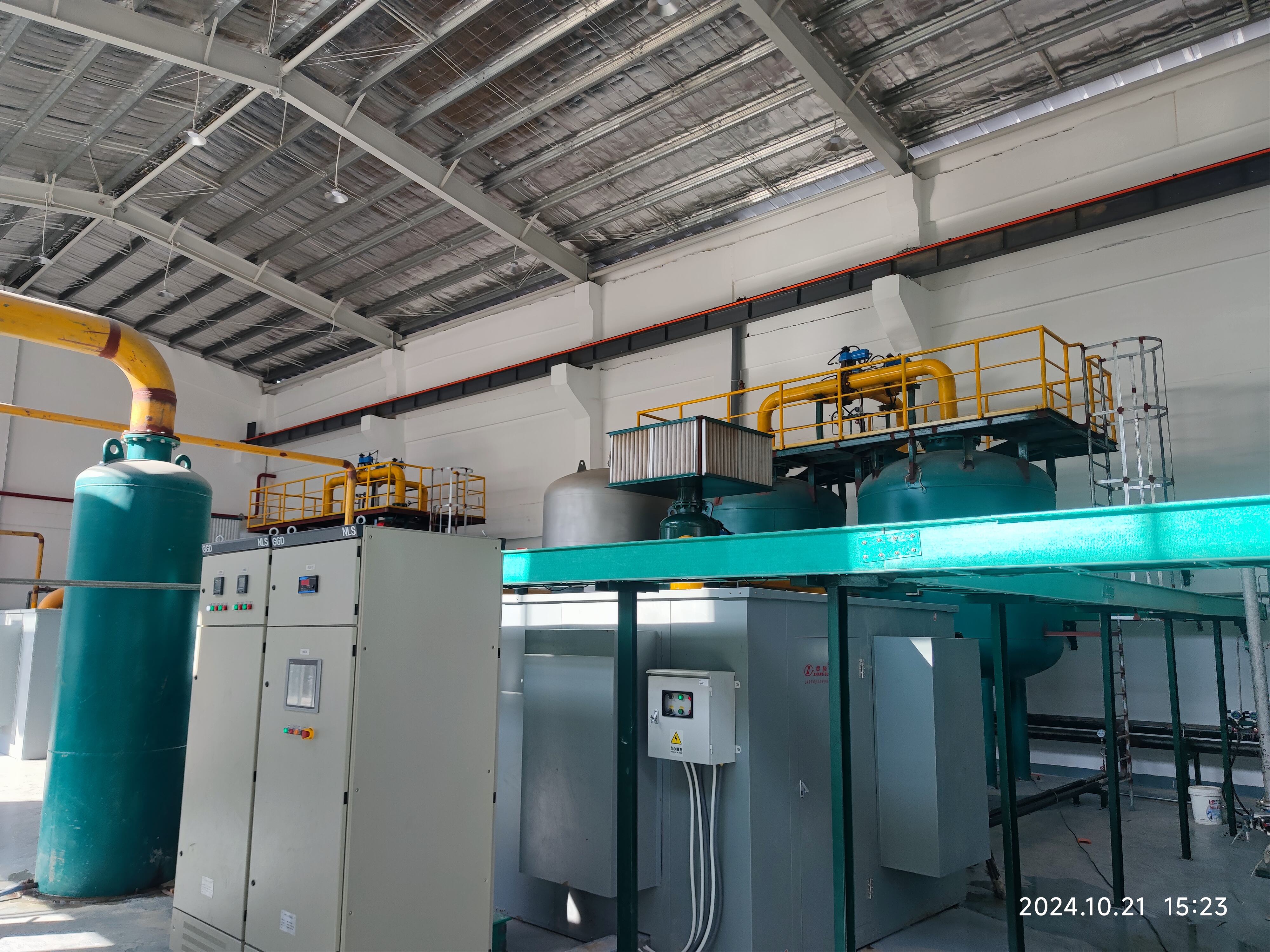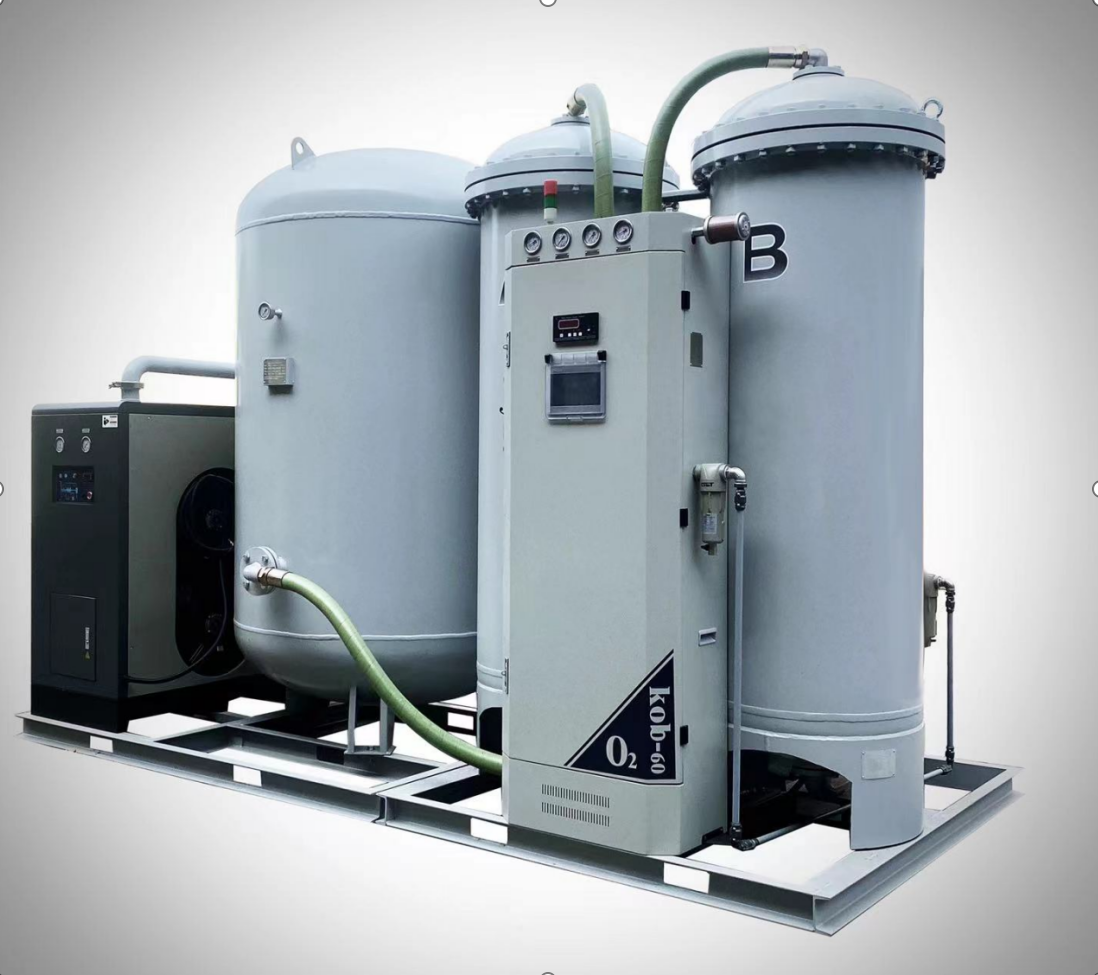ilana alaafia pataki psa odo
Àwọn ilé-iṣẹ́ tí ń pèsè afẹ́fẹ́ afẹ́fẹ́ tí ń gbé afẹ́fẹ́ jáde ní ìlọ́po-ìlọ́po (PSA) jẹ́ ojútùú tó dára jù lọ fún ẹ̀rọ tó ń mú afẹ́fẹ́ afẹ́fẹ́ jáde ní àdúgbò, tí wọ́n ń Àwọn ètò yìí máa ń lo ìyípo-afẹ́fẹ́ níbi tí afẹ́fẹ́ tí a ti rọ̀ ti ń kọjá lára àwọn ohun tó ń mú kí epo zeolite máa gbẹ́mìí mì, èyí tó máa ń mú èròjà nitrogen jáde, tó sì máa ń jẹ́ kí afẹ́fẹ́ afẹ́fẹ́ máa kọjá. Ọ̀nà méjì ni wọ́n gbà ń ṣe é: wọ́n máa ń fi omi sínú afẹ́fẹ́, wọ́n á sì tún omi náà ṣe. Àwọn ẹ̀rọ tó ń mú afẹ́fẹ́ PSA jáde lóde òní máa ń ní ẹ̀mí mímọ́ gaara tó tó ìdá márùnléláàádọ́rùn-ún nínú mẹ́wàá, èyí sì mú kí wọ́n dára gan-an fún onírúurú iṣẹ́ ẹ̀rọ àti ìṣègùn. Àwọn ilé iṣẹ́ náà ní àwọn ètò ìtọ́jú tó ṣe rẹ́gí tó ń ṣe gbogbo iṣẹ́ náà lọ́nà tó mọ́yán lórí, láti inú ẹ̀rọ tí wọ́n fi ń tẹ afẹ́fẹ́ sínú rẹ̀ títí di ìgbà tí wọ́n bá ń gbé afẹ́fẹ́ afẹ́fẹ́ sínú rẹ̀ Àwọn ètò yìí ní àwọn ohun èlò adsorption tó pọ̀ tó ń ṣiṣẹ́ ní ìyípo, èyí sì ń fúnni ní afẹ́fẹ́ afẹ́fẹ́ tí kò ní dáwọ́ dúró. Àwọn ẹ̀rọ tó ń ṣe àyípadà yìí ní àwọn ẹ̀rọ tó ń ṣọ́ ìsọfúnni, àwọn ẹ̀rọ tó ń darí ìfúnpá àti àwọn ẹ̀rọ tó ń ṣàyẹ̀wò afẹ́fẹ́ ọ́síjìn, èyí sì máa ń jẹ́ kí ìsọfúnni náà wà níbàámu pẹ̀lú Àwọn ohun èlò náà gba àwọn ilé ìtọ́jú ìlera, àwọn ilé ìṣẹ́ irin, àwọn ilé ìtọ́jú omi, àti onírúurú ètò iṣẹ́-òwò tí ó nílò ìfúnnilókun afẹ́fẹ́fẹ́ tí ó wà ní pẹ̀lú.


